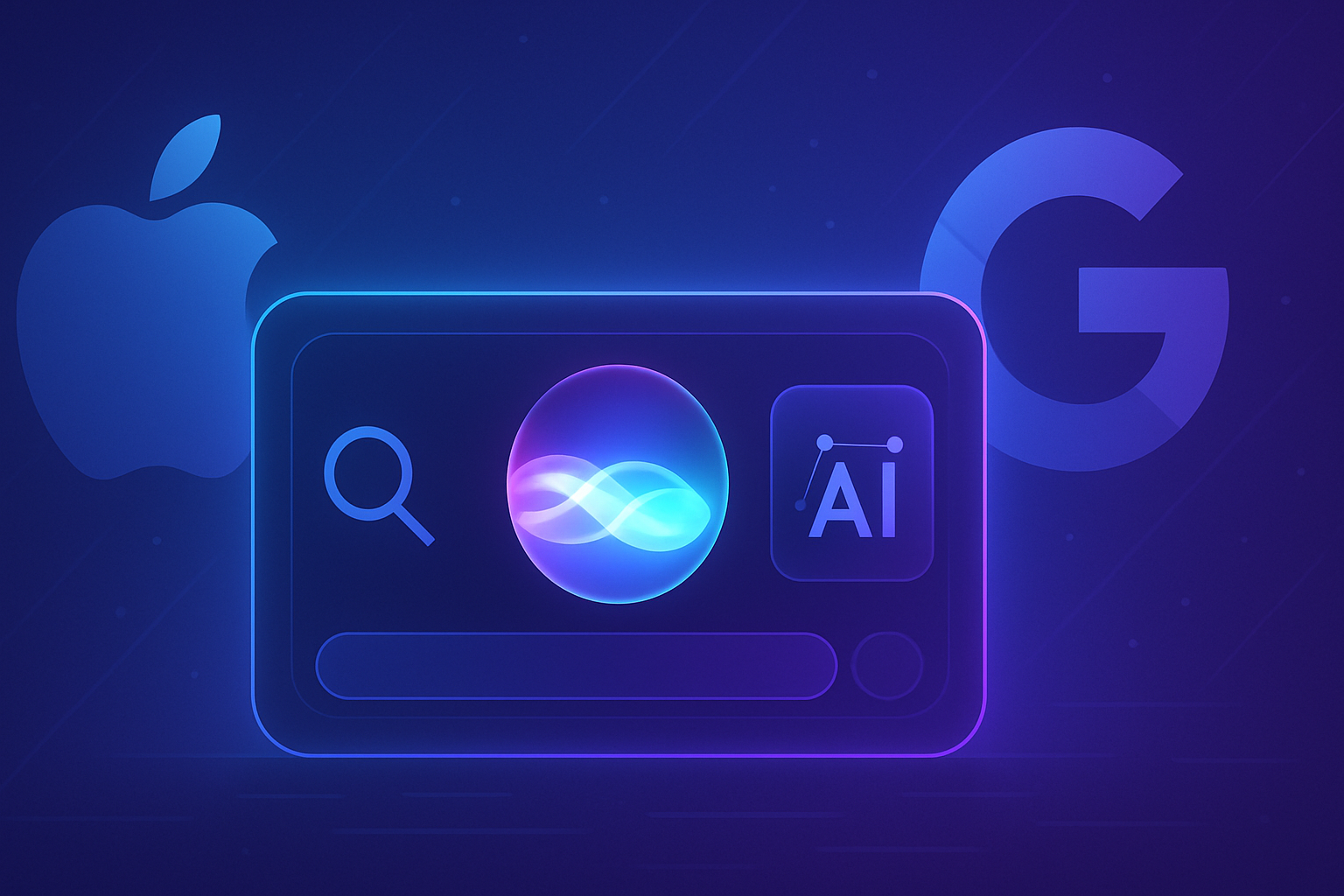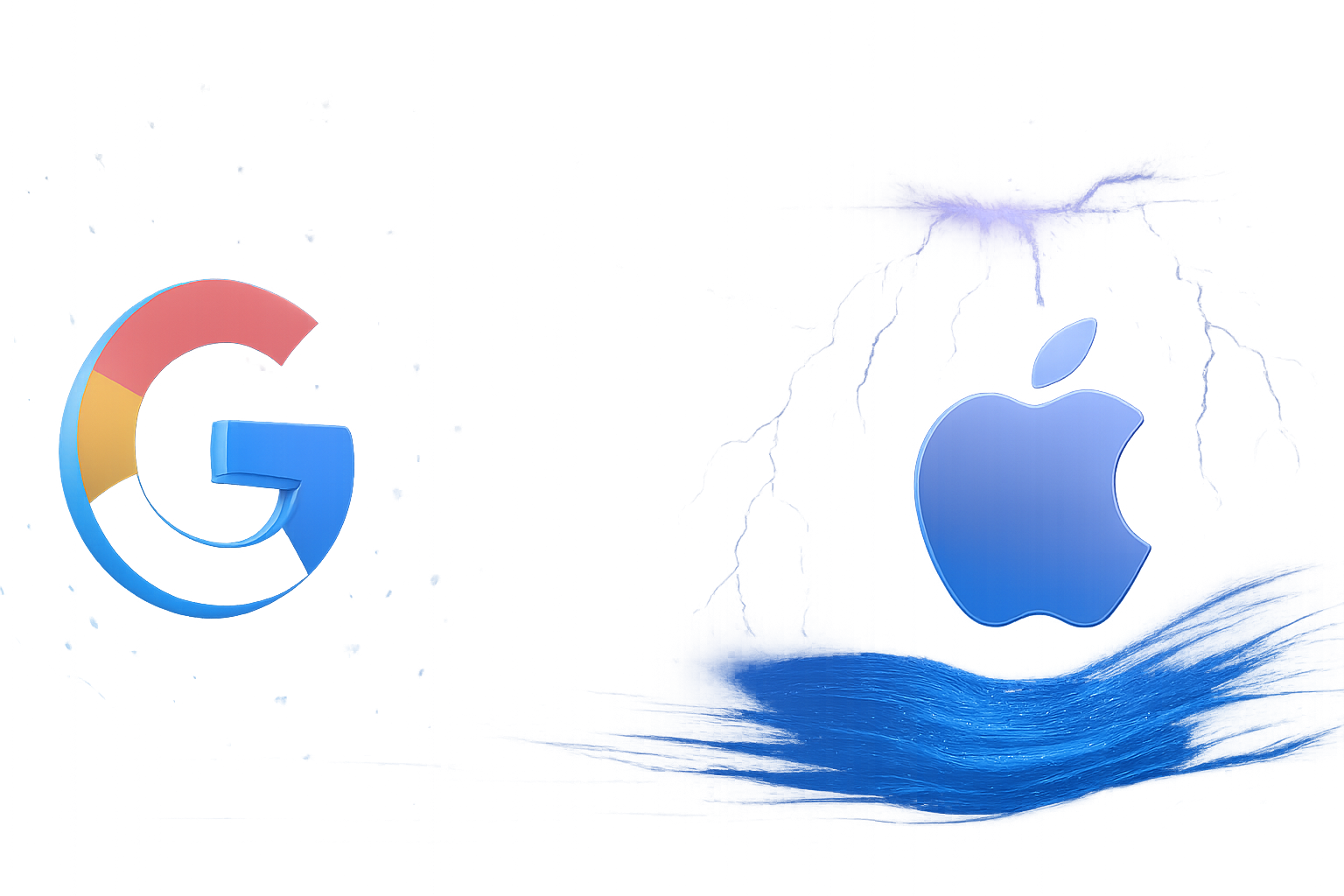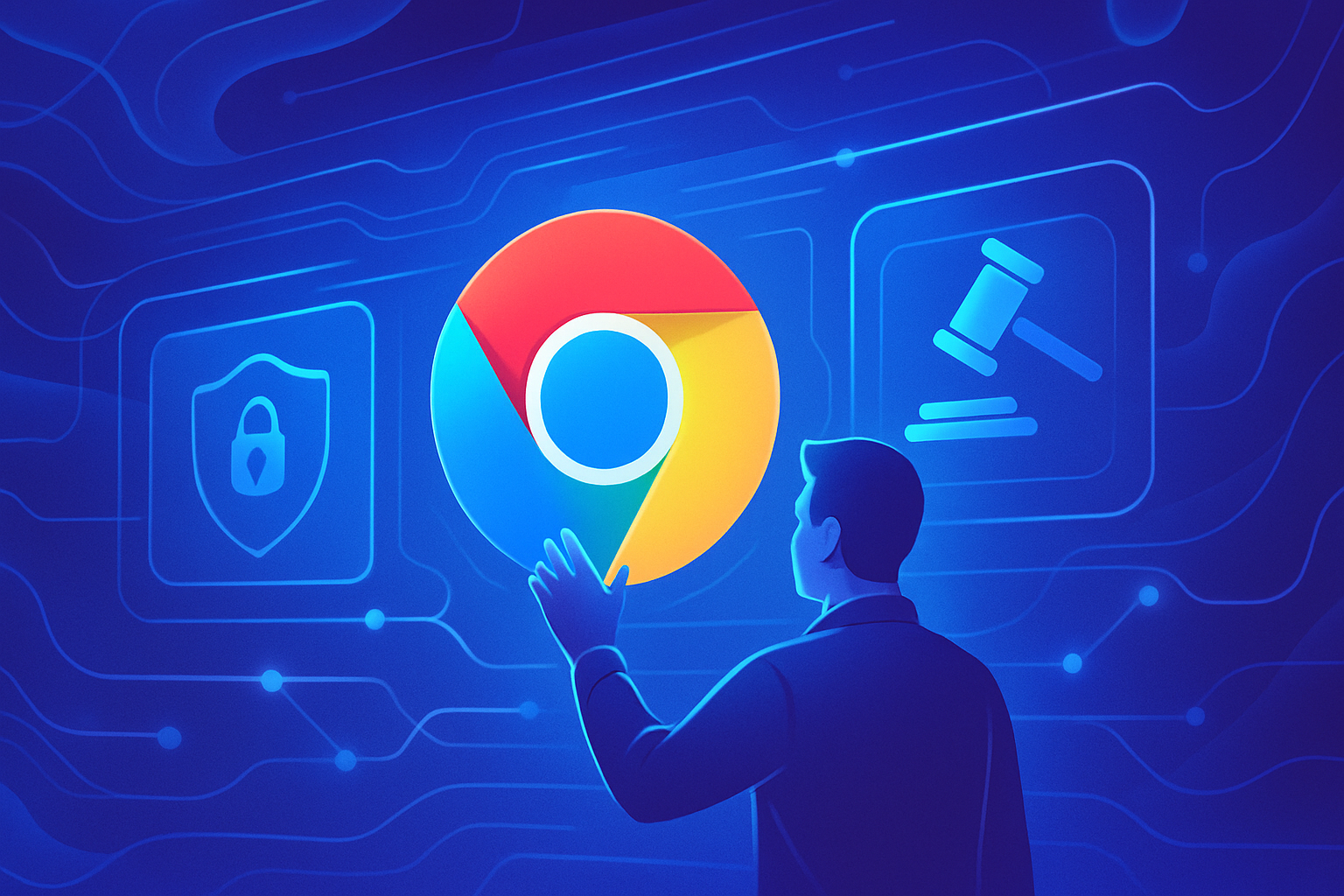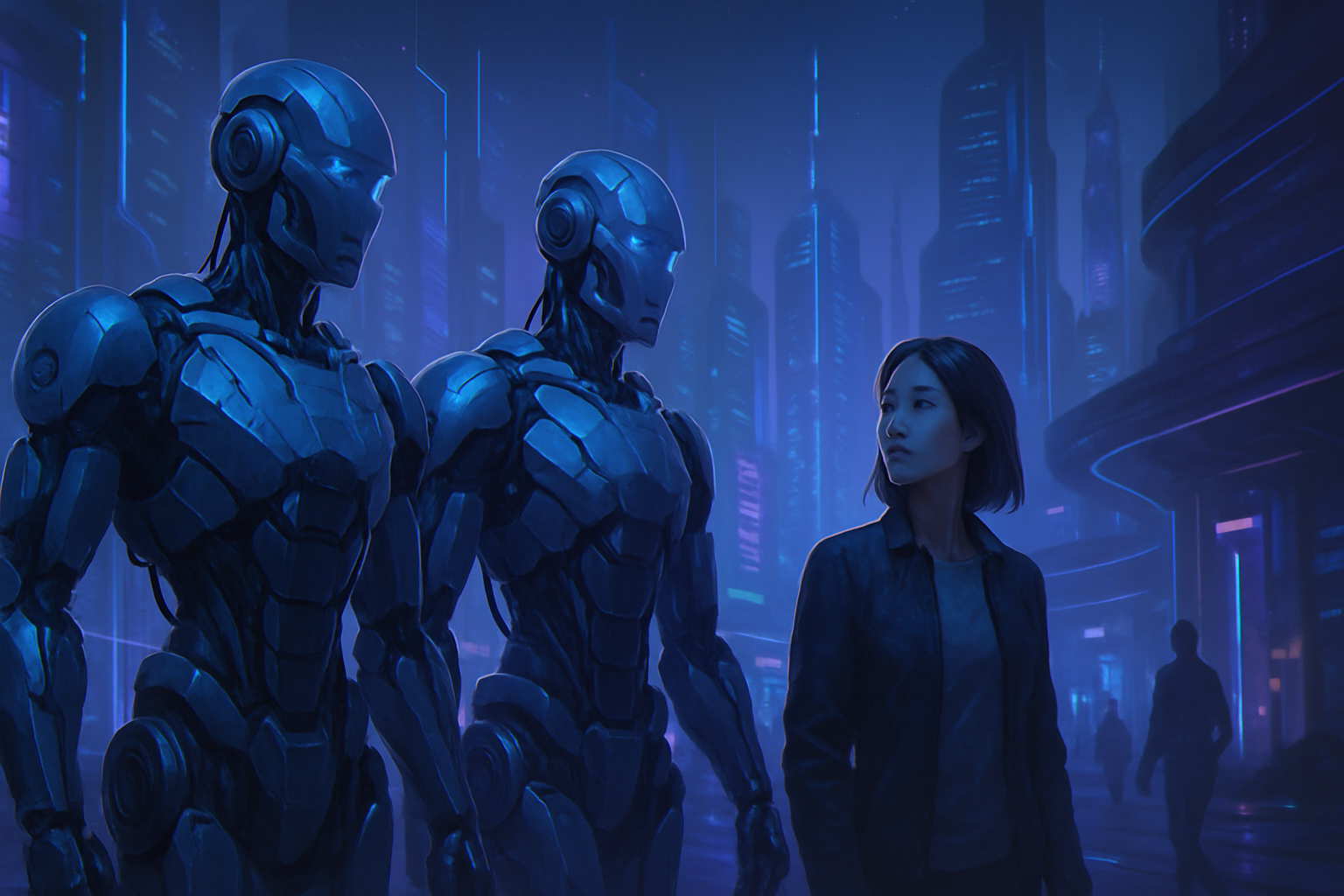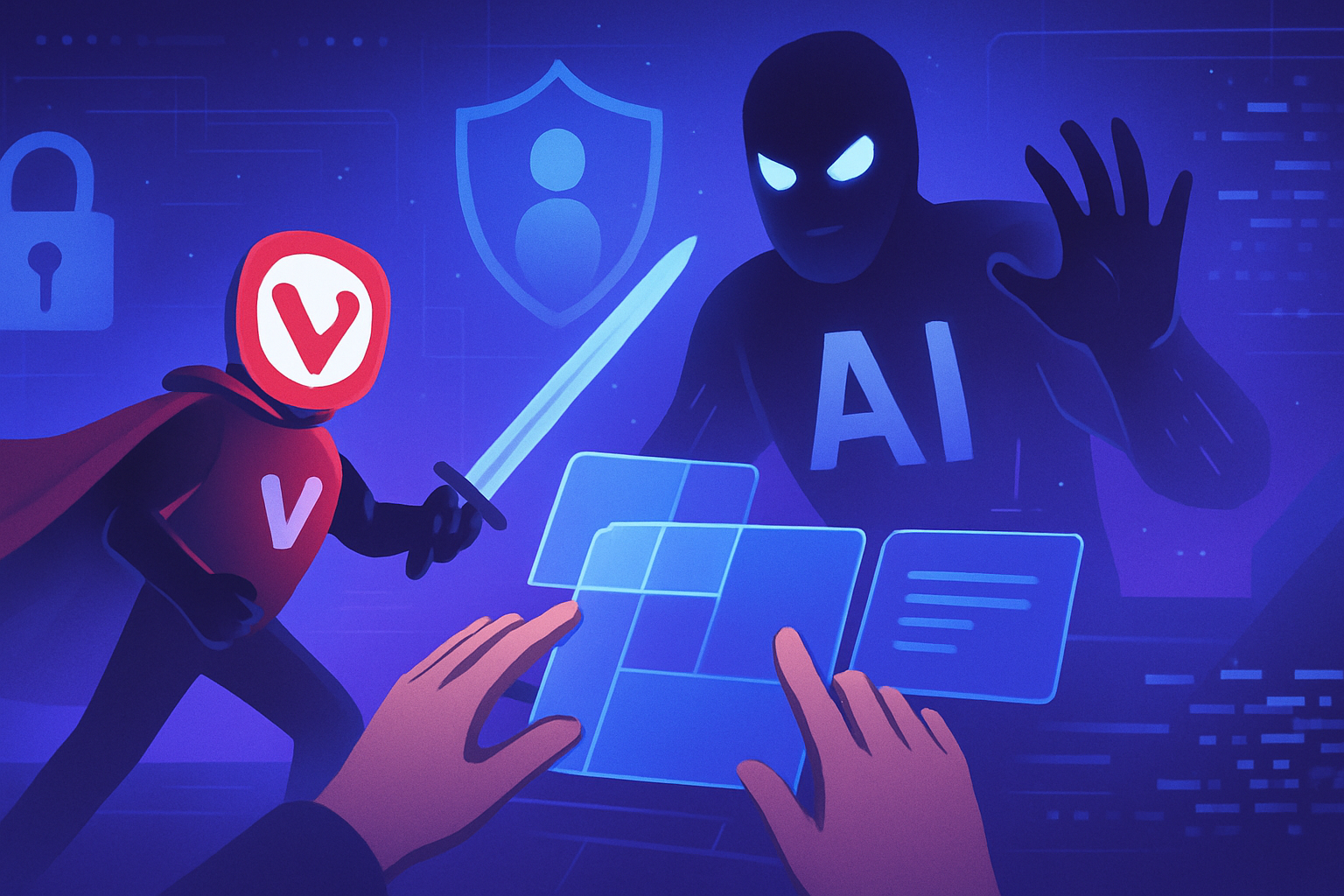The emergence of artificial intelligence shakes the professional world, questioning the future of many artistic vocations. Disillusionment is felt as a new era imposes unprecedented challenges. Fearing obsolescence, entire generations find themselves confronted with the anxiety of unemployment.
A once-promising career has transformed into a struggle for survival, leaving creatives helpless. The benefit of acquired experience now struggles against an uncompromising reality. The silence of companies in response to applications creates an abyss of frustration.
Every story testifies to a human tragedy, a quest for identity and meaning in the face of relentless algorithms.
Louise’s professional journey, disrupted by AI
Louise, a 27-year-old 3D animator, has seen her professional life completely transformed by the emergence of artificial intelligence. Graduating after five years of studies in special effects, she has worked on prestigious productions. Despite a promising start, the decision to return to live with her parents illustrates a harsh reality for many artists.
A declining sector
The Covid-19 pandemic has led to a drastic reduction in opportunities in the animation field. Louise has noticed that many studios, including the one she collaborated with, have closed their doors. She emphasizes: “Between the end of my last contract and my unemployment, the sector has lost its bearings.”
The challenges of job searching
Currently, applications pile up with no promise of a response. Out of hundreds of submissions, only a few responses have been made. This search period is accompanied by exhausting competition, littered with disappointed hopes. Louise is committed to expanding her skills by learning new software while reaching out to professionals to adapt her approaches.
A global competition
The job search proves formidable, particularly for young graduates. Job postings are drowned in hundreds of resumes, making chances of success minimal. Louise states: “The competition comes from all backgrounds, making the quest for a place in the sector even more challenging.”
Prejudices against artistic professions
The challenges go beyond the absence of responses. Louise and her colleagues face derogatory comments on social media. Some internet users rejoice at the disappearance of artistic professions, claiming that these jobs do not represent “real workers.” A particularly innocuous meeting proved devastating for Louise, who heard: “You cost too much and you are too slow.” A reductive view of creative work.
A career choice turned into a burden
The path that seemed promising has ultimately turned into a dead end. Louise questions her choice to invest her future in a profession that is now considered obsolete. With a critical eye, she wonders if other paths could have been more sustainable. This questioning resonates with many artists facing the same existential crisis.
Returning to the family home and suspended lives
After months of fruitless searching, returning to her parents’ home became inevitable. This situation weighs not only on her professional status; it also impacts her personal life. Louise discusses the difficulty of maintaining a romantic relationship, often deemed unstable due to her unemployment. This career choice has led her to forfeit her housing and even jeopardize her personal relationships.
The necessity to rethink the future
Louise does not resign herself despite the failures. Her determination to seek a new job, one meaningful and free from the whims of artificial intelligence, remains intact. Currently, she faces the necessity of finding an internship, a field where the doors seem to be closing. Her CV does not meet the required standards. An art, rich in creativity, is not recognized as valid experience in a professional world that demands rigid criteria.
The collective voice of distressed artists
Louise is not alone in this turmoil. Many professionals in special effects, illustration, and other creative sectors are experiencing similar paths. The realities of this generation of artists call into question the value of creativity in a rapidly changing digital world. Thousands of careers are at risk of disappearing, vocations sketched as fleeting memories. The state of the sector indicates an urgent need for solutions. Innovation is not limited to technology.
Initiatives are taking shape to rethink this dynamic, similar to revealing projects highlighting a new manufacturing era, as evidenced by the MIT initiative. On the other hand, iconic figures in the industry, such as Jony Ive, are collaborating with AI giants on an ambitious project estimated at 65 billion dollars, as reported by actu AI.
It therefore becomes fundamental to preserve the lives behind the algorithms. The stories of the Louises of tomorrow must be heard to shape a society where the creative spirit remains valued.
Frequently asked questions about the impact of AI on employment
What are the main reasons why AI is replacing jobs in creative fields?
Companies adopt AI for cost and efficiency reasons, seeking to reduce expenses related to human resources and save time in the creative processes. This leads to a decrease in job offers for animation, design, and special effects professionals.
How does AI affect competition in the creative job market?
AI has opened up global competition, as artistic skills can now be automated and optimized. This means that more people, including those from low-cost countries, can apply for the same positions, making opportunities extremely rare for emerging artists.
What are the challenges for young professionals facing the rise of AI in their field?
Young professionals must grapple with a saturated market where AI is replacing key roles, and often, they find themselves without relevant experience, complicating their professional integration. Frequent rejections exacerbate this sense of helplessness.
What is the importance of continuous training in an AI-dominated environment?
Continuous training is essential to remain competitive in the job market. Professionals must acquire new technological and artistic skills to adapt to the rapid changes brought about by AI.
How can companies balance the use of AI and human value in creative industries?
Companies need to find a middle ground by integrating AI as a complementary tool to human skills, valuing the creativity, originality, and empathy that only a human can bring to a project.
What alternatives can professionals replaced by AI consider?
Professionals can explore careers in fields less likely to be automated, such as education, creative coaching, or jobs requiring a unique human touch. They may also consider retraining in promising sectors that value human innovation.

